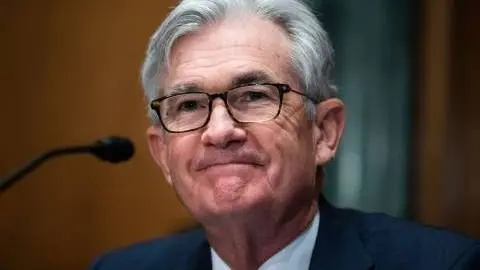Our main calls for the global economy
All of latest from our team on what could be on the cards for various economic outlooks and developments in markets across the globe
United States
Strong GDP and jobs growth shows that the US economy continues to shrug off high borrowing costs and tight credit conditions, largely through robust government spending and consumers running down their savings. These factors will be less supportive in 2024 and inflation is on the path to 2%, so the Federal Reserve has the room to cut interest rates sharply. We still expect the Fed to start cutting rates in May.
James Knightley
Eurozone
The eurozone escaped a technical recession and a number of indicators suggest the economy is now bottoming out. While the recovery is likely to be weak, it is still too soon to give the all-clear on inflation. The European Central Bank is expected to cut rates from June onwards, but more cautiously than the market is currently anticipating. Up until now, the ECB's aggressive hiking cycle has been taken well by southern countries of the eurozone. But rapidly declining borrowing indicates that this is set to turn.
Carsten Brzeski
United Kingdom
A less dramatic mortgage squeeze and the likelihood of tax cuts means we should expect modest growth in the UK this year. Inflation is set to fall below 2% in April, while nominal earnings growth is set to slow much less rapidly. Admittedly, we shouldn’t get too overexcited about the outlook. The jobs market is cooling, though for now not rapidly, while savings in real terms are below the pre-Covid trend. Still, we think we should expect modest growth this year, and the chances of a near-term recession (i.e. not just a technical one) have faded.
James Smith
China
Despite reaching its growth target for 2023, sentiment remains downbeat heading into the Lunar New Year. And that's raising expectations for more policy support. In terms of economic targets, we feel it is unlikely we will see major movements in targets and we expect a growth target of “around 5%” for 2024. The fiscal deficit to GDP target is worth watching as a potential signal for stronger fiscal policy support this year. We expect this target to be lifted from 3% to 3.5% of GDP in 2024, though an unchanged target does not preclude the government from more stimulus as it may use special bonds to finance necessary projects.
Lynn Song
Rest of Asia
While China may be struggling, we believe there are more positive signs emerging throughout the rest of Asia. We see some glimmers of stronger export and production activity together with a more benign inflation backdrop and recovering domestic demand.
Robert Carnell
Central and Eastern Europe (CEE)
While inflation in the region has made great progress, it's still not enough for central banks. But cutting rates is complicated, and the picture is not entirely clear. Economies should begin to recover, although the external picture is not entirely supportive. In Poland, investors are betting on the MPC resuming the easing cycle alongside the new projections. Recent MPC comments indicate the easing is unlikely to happen quite so soon. For the February meeting in the Czech Republic, we expect the cutting pace to accelerate to 50bp thanks to the CNB's new forecast, which should confirm our positive view on inflation.
Frantisek Taborsky
Rates
The brief banking panic is behind us – at least until we get the next one. In front of us is a Fed on a holding pattern, and a May cut is now being questioned. As the Fed strip nudges higher, so too does the US 10yr yield. The 4.25% to 4.5% area is one where it will dawn on the market that it's gone too far. But for now, there is little to object to having that test. Eurozone rates reflect a lot of the same pushes and pulls. The nuance is that eurozone rates are already quite low.
Padhraic Garvey
FX
It has been a relatively quiet start to the year in FX markets. Doubts about the timing and speed of central banking easing cycles have contributed to lower levels of volatility and a search for yield. Assuming the Fed is preparing to cut rates in May/June, the bullish steepening of the US curve should be positive for most activity currencies – including the euro. We still forecast EUR/USD ending the second quarter somewhere near 1.10 and ending the year at 1.15. The year-end consensus forecast for EUR/USD is 1.12.
Chris Turner
Download
Download article
8 February 2024
ING Monthly: Reasons to be cheerful, Part 3 This bundle contains {bundle_entries}{/bundle_entries} articlesThis publication has been prepared by ING solely for information purposes irrespective of a particular user's means, financial situation or investment objectives. The information does not constitute investment recommendation, and nor is it investment, legal or tax advice or an offer or solicitation to purchase or sell any financial instrument. Read more
